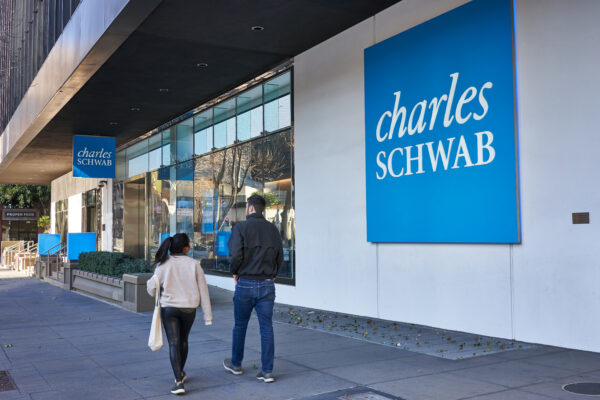Verizon’s Dividend History and Safety
Some of the world’s best investors stick to dividend portfolios. They know that a steady stream of income is a top wealth building strategy. And finding the best deals is vital. So today, we’re going to take a look at Verizon’s dividend history and safety ahead of its third quarter earnings conference call on October 25, 2019.
Business Overview and Highlights
Verizon Communications (NYSE: VZ) is a $253 billion business based in New York. It employs 144,500 people. Last year Verizon pulled in $131 billion in sales, which breaks down to $906,000 per employee.
The company operates within the communications sector and maintains a solid credit rating (BBB+) from the S&P. This allows Verizon to issue cheap debt to grow the business and pay dividends.
Verizon has increased its dividend every September since 2007. This past September was no exception, with Verizon hiking its dividend to $0.6150. That’s up 2.1% from last year’s $0.6025 dividend.
10-Year Dividend History
A decade ago, the company paid investors $1.87 per share annually. Over the last 10 years, the dividend has climbed to $2.38. That’s a 28% increase and you can see the annual changes below…
The compound annual growth is 2.5% over 10 years… but over the last year, the dividend climbed 2.1%. The slowdown in dividend growth isn’t a great sign. Although, Verizon might still be a good income investment.
Verizon distributes one of the largest dividends of all U.S. companies. The communications company paid over $9.9 billion over the past 12 months based on the previous $0.6025 dividend. Verizon has a large number of investors counting on its steady dividend.
Let’s take a look at the yield…
Current Yield vs. 10-Year Average
Verizon’s long history of paying dividends makes it one of the best dividend stocks around. This also makes the dividend yield a great indicator of value. A higher yield is generally better for buyers. Sustainability is also vital and we’ll look at that soon.
The dividend yield comes in at 4.01% and that’s below the 10-year average of 6.27%. The chart below shows the dividend yield over the last 10 years…
The lower yield shows that investors have bid up the company’s market value. They might be expecting higher growth and payouts. But more often than not, the dividend yield is mean reverting with share price changes.
Improved Dividend Safety Check
Many investors look at the payout ratio to determine dividend safety. They look at the dividend per share divided by the net income per share. So a payout ratio of 60% would mean that every $1 Verizon earns, it pays investors $0.60.
The payout ratio is a good indicator of dividend safety… but accountants can manipulate net income. They adjust for goodwill and other noncash items. A better metric is free cash flow.
Here’s Verizon’s payout ratio based on free cash flow over the last 10 years…
The ratio was volatile over the last 10 years and the trend is up. The last year shows a payout ratio of 55.7%. This gives wiggle room for Verizon’s board of directors to continue to raise its dividend.
If you’re interested in seeing more dividend research, keep an eye out for pieces from our Chief Income Strategist, Marc Lichtenfeld. You can also use our free dividend reinvestment calculator to project your dividend returns.
For more information on dividend-paying companies, check out our Dividend Stocks page. There is a wealth of information about the latest and greatest in the dividend investing world. Now you know about Verizon’s dividend, but what about Bank of America’s dividend?








